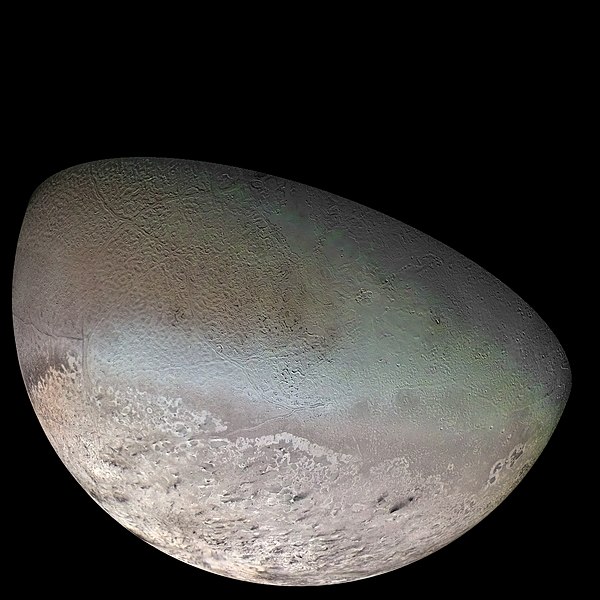I've been meaning to get back to my geogalavanting with Dana last fall for some time now, and keep kicking myself that I don't. So I decided to write at least part of the text for the next Marys Peak stop. I have actually covered much of this before in an Accretionary Wedge post, but I wanted to go back and add some site-specific and other details. This does not represent a finished post, but merely what I was able to crank out in 30 minutes. I do most of my proofreading on the fly, which undoubtedly slows me down, but I have a hellacious time editing my own text after the fact. So here is what I wrote, warts and all. I'll try to finish this up, add photos and some maps, and proofread it tomorrow. Incidentally, I have no idea how many words this is, but I'm content with it as the product of 30 minutes of writing.
The Siletz River Volcanics make up the bulk of Marys Peak, from the base to roughly 3000 feet elevation (of 4097 feet total). The unit consisits of primarily submarine volcanics, associated hypabyssal rocks (shallow intrusions), and a small packet of associated sedimentary rocks (the Kings Valley Siltstone Member) derived from subaerial eruptions, and interfingered with the predominant submarine facies.
Given this situation, one might expect that pillow basalts are a primary component to the Tsr, and in fact, that would be correct. These photoa were taken on the Marys Peak trip that Dana took me me on last September, and it is the best outcrop of pillows I believe I've ever seen. It is an old gravel quarry. In much of Western Oregon, despite the lack of population in the more rugged terrain (i.e. the Coast Range and the Cascades) logging is a major and important industry. It's pretty uncommon to be able to find a spot more than a quarter mile or so from a gravel logging road. In fact, one of the major sources of employment in Oregon, both east and west, is the US Forest Service, who holds responsibility for building roads so that Timber companies (who bid for the right to cut designated parcels) have access to the stands to which they have won rights. Thus old quarries like this, sometimes still active at least occasionally, sometimes inactive for decades (such as this one), are among the most common places to be able to see actual rock in this land of 15 meter soil overburdens. Other good spots for geologizing include roadcuts and sream beds.
So what makes pillow basalt distinctive? It's believed to represent underwater eruptions or flows into water from fluid- basaltic- lava. Important characteristics include, first and foremost- and the source of its name- the overall rounded, somewhat flattened toward the horzontal in larger pillows, bulbous shape. Because pillows are rounded, where they contact each other there is an indentation; picture three oranges sitting next to ech other in a triangular arrangement. In the space bewtween them is a similiar indentation. A later pillow flowing into such an indentation will fill it. With good preservation, this infilling is easy to recognize, and provides a rough geopetal structure- that is, one that indicates a sense of stratigraphic "up." in the caase of pillows, as I indicated, this is rough, and not nearly as precise as is the case with many sedimentary geopetal structures.
A second important characteristic is radial jointing. In volcanic rocks, jointing most frequently results from cooling stresses, and forms perpendicualrly to the surfaces of cooling. Since, in pillow basalts, the cooling surfce is either roughly cylindrical or roughly spherical, the joints form from the outer surfaces, then work their way toward either the axis or center of the pillows. There are quite a variety of other ways that roughly spherical rocks can be formed, including sphereoidal weathering and fluvial/mass wasting transport- though the latter is not as efective as the former. However, on the scale that pillow basalts occur- about a third of a meter up to maybe one and a half meters- I know of nothing else that can cause radial jointing. Furthermore, this jointing is frequently discernable, even in rock that has completely weathered to saprolite. For these reason, I consider radial jointing to be the "diagnostic" characteristic of pillow basalts. In other words, if I see it, I'm pretty confident it's pillow basalt. If I don't, I'm leery of making that call.






























































